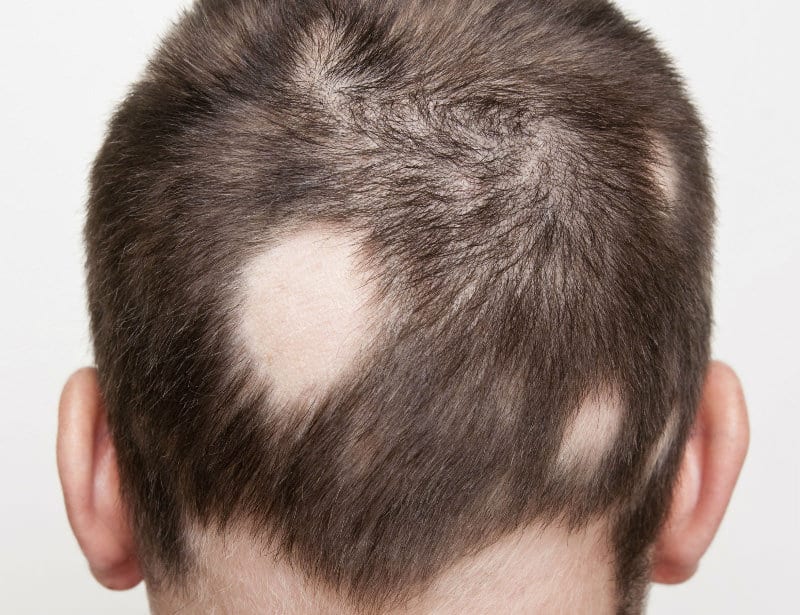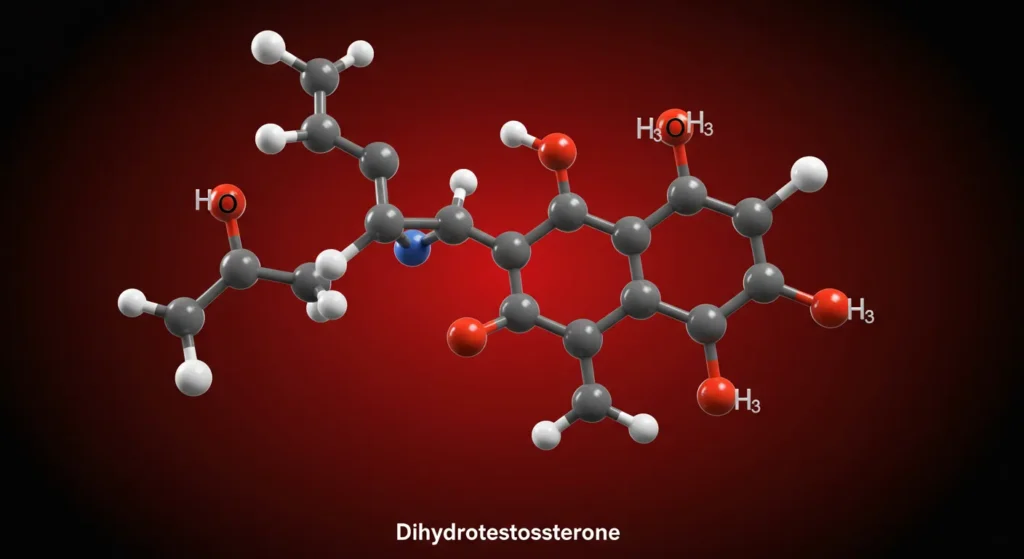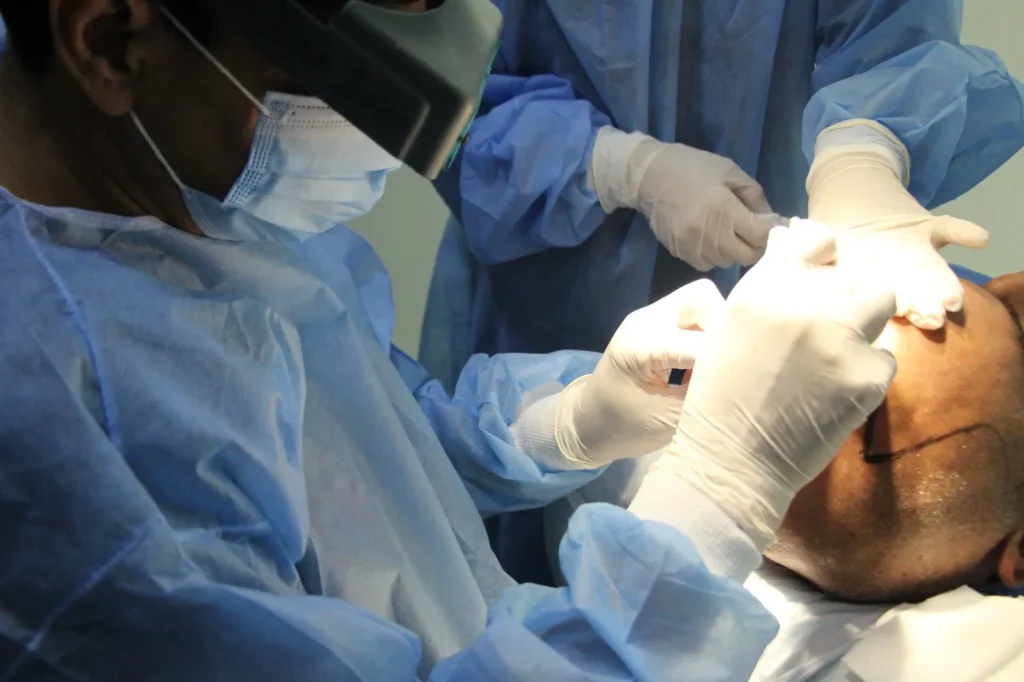Noticing hair thinning and wondering if it’s normal, or something more serious? The difference between male and female pattern baldness lies in how, where, and why hair loss occurs. This guide breaks down the causes, progression, and treatment differences between genders.
You’ll learn how to spot early signs, understand your options, and make informed choices based on expert insights. Whether you’re male or female, knowing the facts early can lead to better outcomes and restored confidence.
Understanding Pattern Baldness
What Is Pattern Baldness?
Pattern baldness—medically known as androgenetic alopecia—is the most common type of hair loss in both men and women. It is caused by a combination of genetics and hormones, particularly dihydrotestosterone (DHT). Over time, hair follicles shrink, leading to thinner strands and eventually, hair loss.
This condition typically follows predictable patterns based on gender, which is why distinguishing between male and female pattern baldness is crucial for accurate diagnosis and effective treatment.

Common Myths About Hair Loss in Men vs Women
- Myth: Only men experience pattern baldness.
Truth: Women also experience it, though the pattern differs significantly. - Myth: Female hair loss means total baldness.
Truth: Women usually experience diffuse thinning rather than receding hairlines or bald spots. - Myth: Hair loss is always due to stress or age.
Truth: Genetics and hormones are the primary culprits.
Key Differences Between Male and Female Pattern Baldness
Onset Age and Progression
- Men often begin to notice thinning as early as their late teens or early 20s.
- Women typically experience hair loss later, usually after menopause, when hormonal changes become more pronounced.
Progression in men tends to be faster and more aggressive, while women’s hair loss is more gradual and spread out over time.
Hair Loss Patterns
- Men: Hair recedes at the temples and crown, forming an “M” shape, and may progress to complete baldness.
- Women: Hair thins diffusely on the top and crown, often widening the part line without complete baldness.
Role of Hormones and DHT
- Testosterone converts into DHT, which attacks genetically susceptible follicles.
- Men generally have higher levels of testosterone, making DHT-induced hair loss more common and aggressive.
- In women, DHT still plays a role, especially in cases of PCOS or post-menopausal hormone shifts, but estrogen offers some protection until levels drop.

Genetic and Environmental Factors
- Pattern baldness can be inherited from either parent.
- Environmental triggers like stress, poor diet, certain medications, and scalp conditions can worsen hair loss, especially in women.
Diagnosis and Early Signs
How Male Pattern Baldness Is Diagnosed
- Visual assessment using the Norwood scale
- Trichoscopy to examine follicle miniaturization
- Review of family history
How Female Pattern Baldness Is Diagnosed
- Ludwig scale for grading severity
- Blood tests to check for thyroid issues or hormonal imbalances
- Dermoscopy and scalp biopsy, if needed
Trichoscopy, Blood Tests, and Scalp Exam
Both genders may undergo these non-invasive tests to confirm diagnosis and rule out other forms of hair loss, like telogen effluvium or alopecia areata.
Why Early Diagnosis Is Crucial
Treatments are most effective in the early stages. Detecting the difference between male and female pattern baldness early helps avoid irreversible follicle damage and maximizes regrowth potential.
Treatment Options Compared
Treatments Commonly Used for Men
- Minoxidil (5%): Topical vasodilator that extends the hair growth phase.
- Finasteride: Oral DHT blocker, effective but not suitable for women.
- Hair Transplant Surgery: Ideal for stable, localized baldness.
Treatments Commonly Used for Women
- Minoxidil (2% or 5%): FDA-approved for female hair loss.
- Low-Level Laser Therapy (LLLT): Stimulates follicles.
- Spironolactone or Oral Contraceptives: For hormonal imbalance treatment.
Gender-Specific Approaches
- Men respond better to DHT blockers.
- Women benefit more from hormonal balancing and topical treatments.
- Certain medications are contraindicated in women of childbearing age due to birth defect risks.

Emotional and Social Impact
Psychological Effects in Men vs Women
- Men may view hair loss as a natural part of aging, but still struggle with self-esteem.
- Women often face greater emotional distress due to societal beauty standards and the rarity of visible female hair loss.
Societal Expectations and Gender Bias
Hair loss in men is more socially accepted, whereas women may feel embarrassed, isolated, or misdiagnosed due to the assumption that hair loss isn’t “normal” for females.
Before-and-After Case Studies
- Case 1: A 32-year-old male with a receding hairline successfully treated with FUE transplant and finasteride.
- Case 2: 45-year-old female with diffuse thinning treated with minoxidil and LLLT over 12 months.
What Doctors Recommend at Different Stages
- Early Stage: Topical solutions and lifestyle changes
- Moderate Stage: Add medications or laser therapy
- Advanced Stage: Consider surgical options or scalp micropigmentation
Frequently Asked Questions (FAQs)
Can a woman have male pattern baldness?
Yes, but it’s referred to as female pattern baldness due to different progression patterns and causes.
Is hair loss more severe in men?
Not necessarily—women may experience more emotional distress even if hair loss is less visibly dramatic.
Can female pattern hair loss be reversed?
It can often be managed and partially reversed if treated early.
Are the treatments equally effective for both genders?
Some treatments, like minoxidil, work for both, while others, like finasteride, are male-specific.
How do I know which type I have?
Consult a hair restoration specialist for diagnosis via scalp exam, blood work, and trichoscopy.
Why Understanding the Difference Matters
Recognizing the difference between male and female pattern baldness helps individuals seek the right treatment sooner, manage expectations, and maintain emotional well-being. With advancing technologies and personalized plans, hair loss is no longer something to suffer in silence.
Concerned about hair loss? Don’t wait for it to get worse.
Book a consultation with Dr. Rana Irfan, ABHRS and ISHRS-certified hair restoration expert in Islamabad. Get a personalized diagnosis and proven treatment options tailored to your needs—whether you’re male or female.
